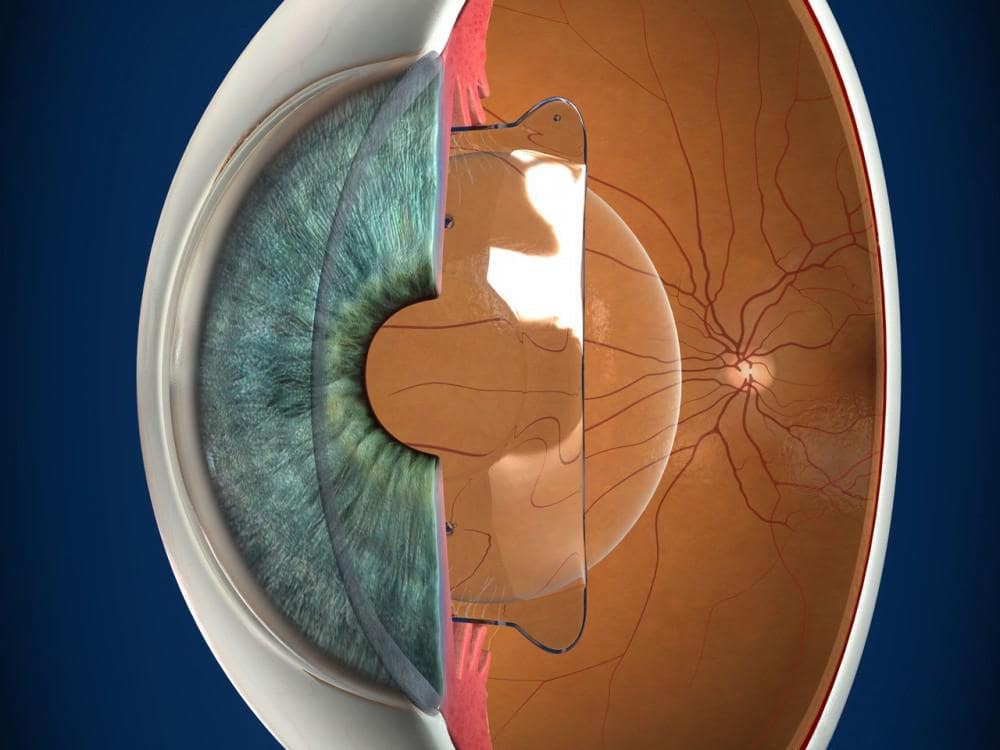Finding the right corrective eye surgery options – ICL Lens
When it comes to visual support, there is no one-size-fits-all option. LASIK and PRK are common corrective eye surgery options but they are not always suitable for everyone. At Oday Alsheikh MD Braverman-Terry-OEI, your best Lasik surgeons in San Antonio, Dr Stuart Terry and his team offer an innovative LASIK alternative.
What is an ICL?
ICL stands for implantable collamer lens and they are used to assist people who are very near-sighted. An ICL is made from collagen which is a substance that is naturally found in the body. This means that it is unlikely to cause any kind of adverse reaction when used to correct vision. It is also very thin and fits over the top of a regular lens, meaning it enhances the anatomy of the eye rather than changing it.
What are the benefits of ICL?
ICL can be used for patients who are not eligible for more common procedures such as PRK or LASIK because of a particularly high prescription, thin corneas or suspicious corneal maps. It is also an option for people who want to prevent the development of any corneal irregularities post-surgery, as the cornea is itself isn’t altered in any way. With glare being less prevalent than what patients experience with LASIK or PRK surgeries, along with the fact that the procedure is entirely reversible, it’s no wonder the patient satisfaction rate for ICL is 99%!
Surgery – before, during and after
Dr Oday Alsheikh, or another expert member of the team will take the time to talk you through the details of your procedure and ensure that all your questions are answered, for your peace of mind. Our onsite surgical center is Medicare accredited and performs over 1,500 intraocular procedures a year, meaning our eye surgeons are amongst the most experienced and trustworthy in the San Antonio area and beyond.
A small preparatory procedure, called an iridotomy, is required two weeks before the main ICL insertion. This should only take a few seconds and aims to stop pressure build up in the eye once the ICL is inserted.
The main ICL procedure is quick – in fact, it’s only 15 minutes in total, and very comfortable. Our surgeon will put anaesthetic drops in your eyes before they begin, after which two small incisions will be made in the cornea, so the ICL can be injected into the eye, where it immediately unfolds and softly takes its place under the iris.
Afterwards, you may notice increased pressure in the eye and some blurred vision. This is normal and it can sometimes take up to two months for the eye to heal completely and the lens to stabilize. During this time, you will need to avoid as much disturbance to the eyes as possible. This might mean refraining from certain activities, wearing protective glasses and avoiding eye makeup and creams.
While there is no surgery that comes without the possibility of side effects, the chances of complications after ICL insertion are quite rare. We will talk you through the potential issues and let you know what symptoms to look out for. At Oday Alsheikh MD Braverman-Terry-OEI, we believe patient empowerment through knowledge before, during and after treatment is one of the most important aspects of eye surgery, and we pledge to support you every step of the way.
Helping you get the treatment you need
At Oday Alsheikh MD Braverman-Terry-OEI, we are committed to ensuring that you understand all your options when it comes to vision correction. It’s our job to make sure you have transparency in terms of information, excellent support and full control over your own treatment. We see the patient and eye surgeon relationship as a partnership, and we are passionate about empowering you to make the right decision. To explore your corrective eye surgery options, get in touch with us today, or call us directly on: 210-600-0040
 San Antonio, TX
San Antonio, TX


